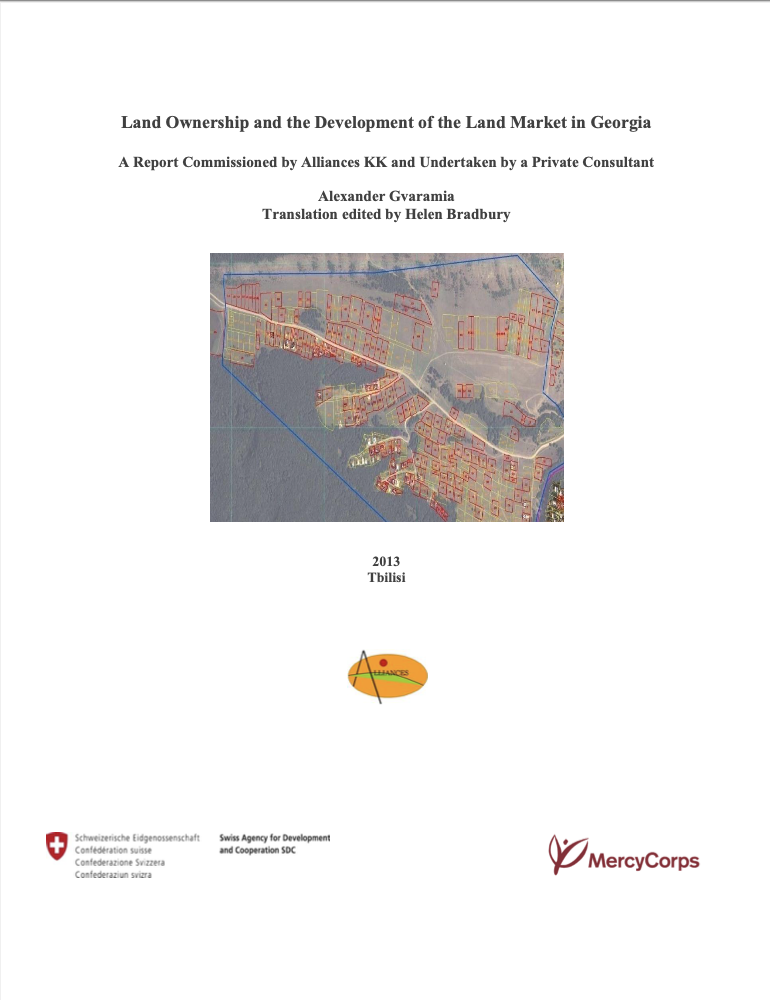Community development and land acquisition plan for Ebenhaeser and Papendorp (CDLAP)
The key focus of this document is the settlement of the Ebenhaeser restitution claim in the Western Cape. This is guided by the Settlement Framework Agreement which was signed by the Community, the then Department of Land Affairs and the Commission on the Restitution of Land Rights in March 2005.
The CDLAP has three main components:




